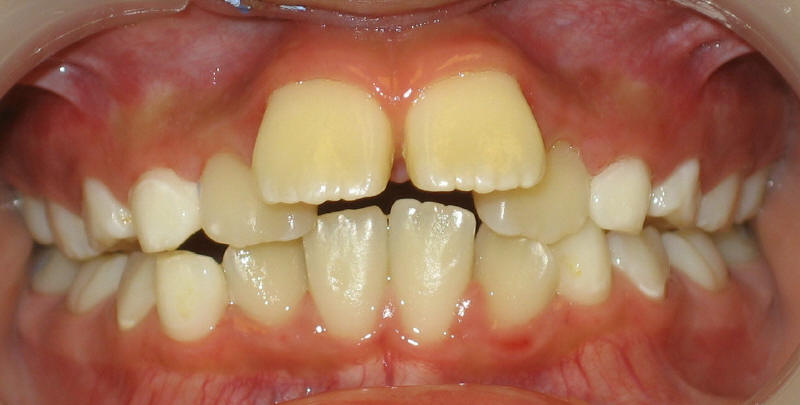 |
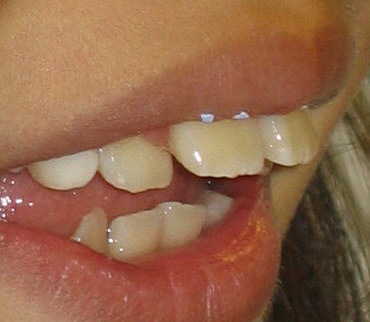 |
|
Fig.1 |
Fig.2 |
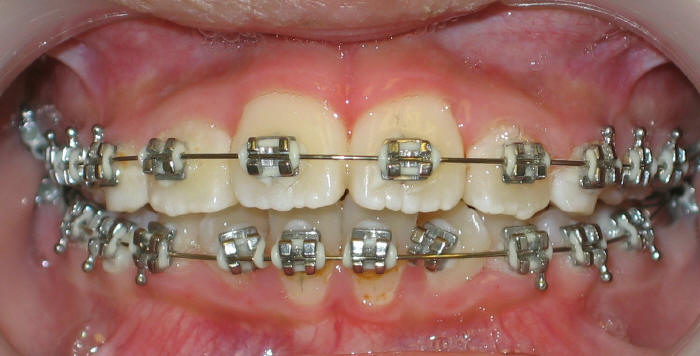 |
|
|
Fig.3 |
Fig.4 |
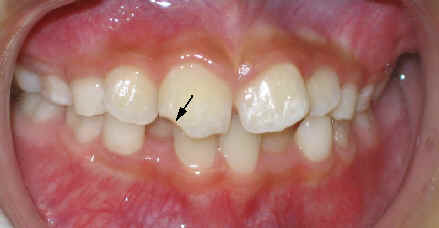 |
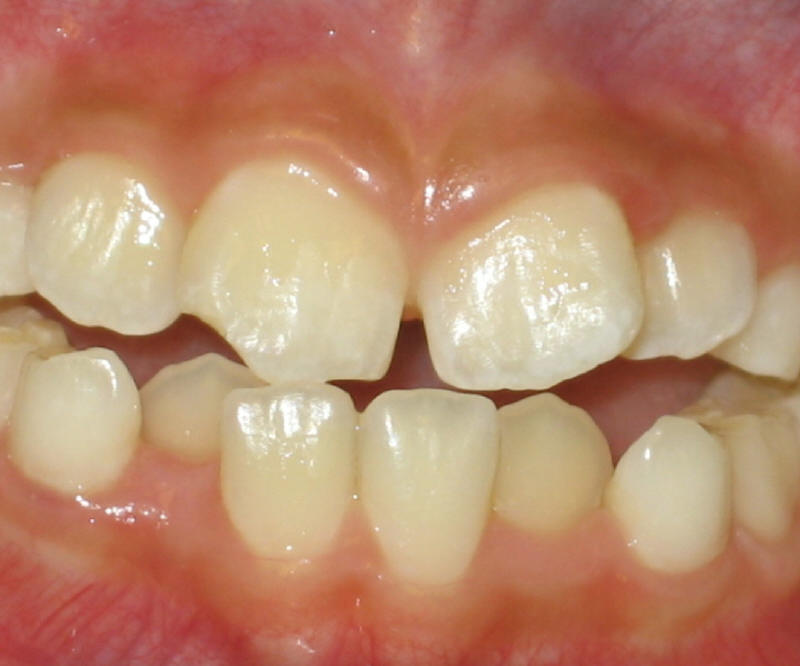 |
|
Fig.5 |
Fig.6 |
 |
 |
|
Fig.1 |
Fig.2 |
 |
|
|
Fig.3 |
Fig.4 |
 |
 |
|
Fig.5 |
Fig.6 |
Dental Education Lecture: Early Braces
Orthodontic treatment (braces) can be started in two stages: phase one and phase two, depending upon tooth development.
Phase one or so-called early braces in this article starts any time before all of baby teeth are gone, whereas phase two orthodontic treatment starts any time after all of baby teeth are exfoliated.
There are three types of dentitions: primary (baby), mixed and permanent (adult). The first baby tooth erupts at the age of 6 months. The first adult tooth erupts around the age of 6 years. The dentition between 6 months and 6 years is called primary, because all we have are baby teeth. The last baby tooth is gone around the age of 12 years. Between the age of 6-12, we have both baby and adult teeth. Therefore the dentition at this period of time is called mixed. After the age of 12, we have only permanent teeth. The dentition is named permanent.
As mentioned above, there is a long period of time of mixed dentition: around 6 years. Baby teeth are gone and replaced by adult teeth. Things may go wrong and in different severity. If the alignment of adult teeth is not so bad, we can wait until all of baby teeth are gone. Braces are placed during permanent dentition. If the alignment is pretty bad, we need to start orthodontic treatment during mixed dentition. It is subjective to decide how bad is bad. It depends upon doctor's professional judgment and how parents look at their children.
Fig.1 shows a mixed dentition in a 9 year old girl. There are eight adult teeth in the front. The adult teeth are pretty yellow as compared to whitish baby teeth in the back. Two upper central incisors are very protrusive. Fig. 2 is a side view of her front teeth, showing the same problem. We are afraid that protrusive front teeth are susceptible to trauma if she falls, plays contact sports or is hit by a flying ball or object. After careful exam (including X-ray, model analysis), we started phase one orthodontic treatment. The advantage of early braces is that the problem is being fixed very rapidly. She looks good in three months (Fig.3 and 4). In another 3 to 6 months, the braces can be removed. Then she should wear retainers until permanent dentition to see whether she needs phase two orthodontic treatment. Next lecture we will show you another case of early braces.
One day a 8-year-old girl returned to office for cleaning. The mom reported an upper front tooth chipped when the tooth hit her sister's head (Fig.5 arrow and Fig.6). You may notice the chipped tooth is not well aligned. The chipped tooth can happen any time in our lives, 1-2 years after its coming out like this case, or 40 years later.
Xin Wei, DDS, PhD, MS 1st edition 01/31/2009, last revision 08/30/2009